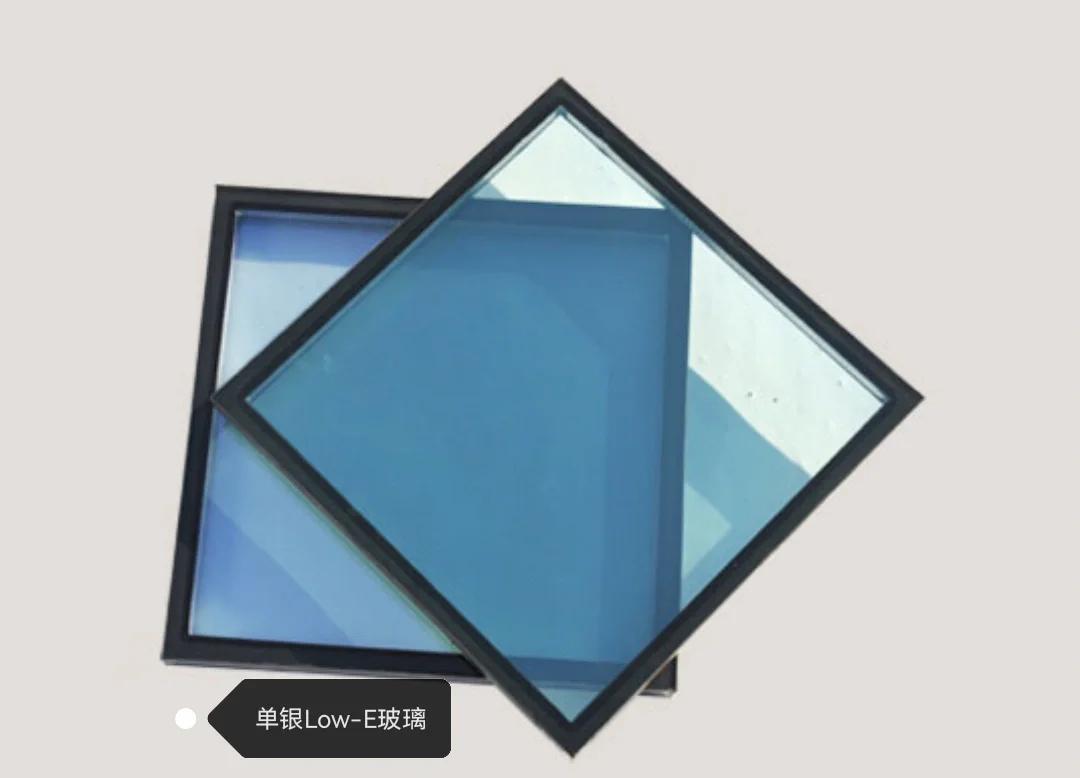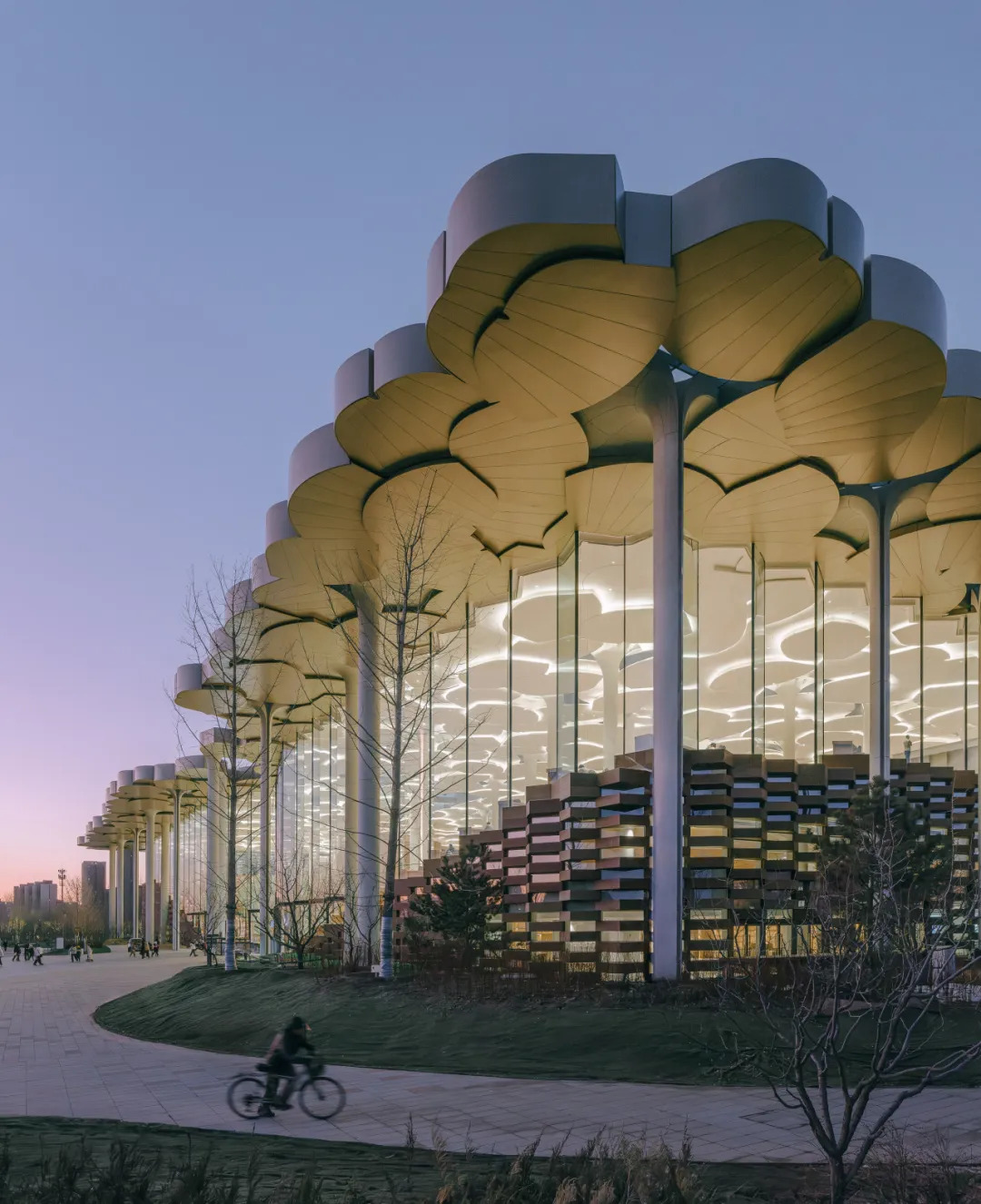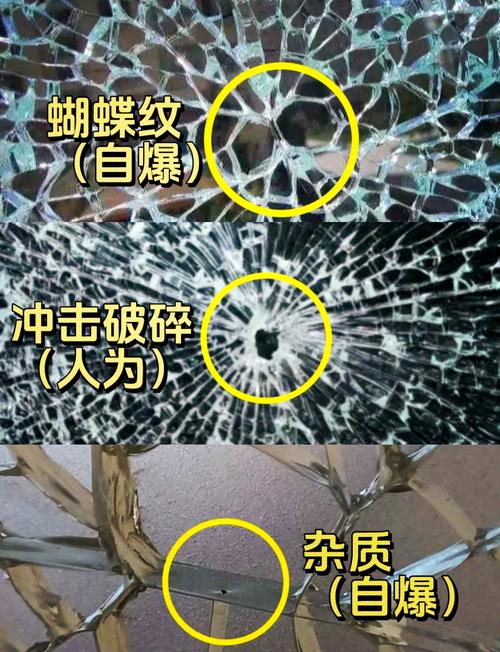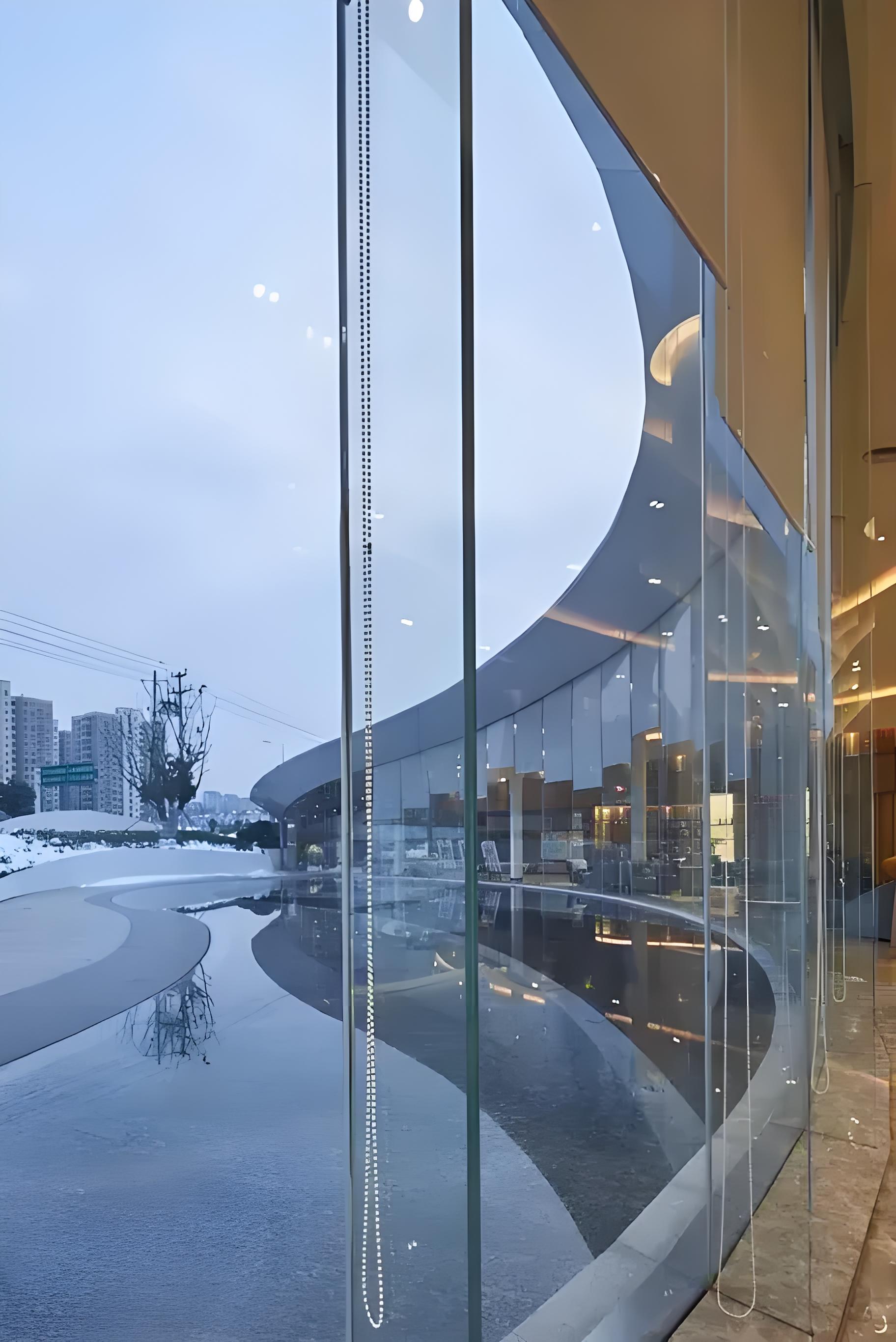
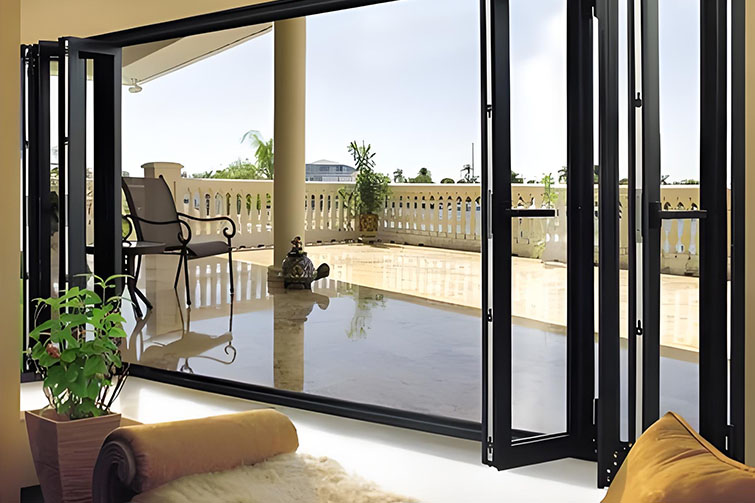
The difference between clear glass and low iron glass
Low-iron glass is a kind of ultra-transparent low-iron glass, also known as ultra-white glass. It is a high-quality, multifunctional new high-end glass with a light transmittance of over 91.5%. It is crystal clear, elegant and classy, and is known as the "Crystal Prince" in the glass family. Low iron glass has all the processability of high quality float glass, has excellent physical, mechanical and optical properties, and can be processed in various ways like other high quality float glass.
So, what is the difference between regular glass and low-iron glass? Table of Contents 6 major differences between low-iron glass and clear glass: Low-iron glass has a lower rate of self-explosion. Low iron glass has a purer color. Low iron glass has higher light transmittance and solar coefficient. Low iron glass has lower UV transmittance. Production difficulty Low iron glass is much more expensive Major low iron glass manufacturers in China: 6 major differences between low iron glass and white glass Low iron glass - ultra white glass - morn-china Low iron glass - ultra white glass - morn-china Low iron glass has a lower self-explosion rate. It is well known that NiS in glass can cause the glass to explode. The glass contains nickel sulfide crystals.
NiS (nickel sulfide) undergoes a phase change process at 379°C. When the high-temperature α-NiS crystal system transforms into the low-temperature β-NiS crystal system, the volume expands by 2% to 4% and the surface becomes rough. If these impurities are located in the tensile stress area of the tempered glass, the volume expansion may cause the glass to explode. Glass deep processing companies will conduct heat soak tests after tempering to effectively reduce the probability of self-explosion. Nickel mainly exists in glass raw materials. In the float glass production line, the source of raw materials for low-iron glass is completely different from that of ordinary white glass. The requirements for raw materials are also more stringent and the raw materials have higher purity, which reduces the self-explosion rate of tempered glass and can even be comparable to that of hot-dip tempered glass. 3‰ is considered to be a reasonable self-explosion rate. Glass explosion Slight edge damage during transportation, scratches or chips during installation, design defects or natural defects can cause glass explosion. Low iron glass is pure in color. Ordinary white glass has a slightly green color, especially 15 mm and 19 mm thick glass plates, where the green color is more obvious. This is due to the iron content in the raw materials. Since the iron content in the raw materials is only one-tenth of that in white glass or even lower, low-iron glass absorbs less green light in the visible band than ordinary glass, thus ensuring that the glass color is pure and bright.
Low iron glass VS clear glass-morn-china Low iron glass VS clear glass-morn-china Low iron glass has higher light transmittance and solar energy coefficient. Low iron glass has a higher light transmittance, allowing more solar energy to pass through the glass, so greenhouses, solar panels, photovoltaic panels and museum glass all prefer to use low iron glass to capture more solar energy and achieve a clearer appearance. The image below shows the difference between ultra clear glass and clear glass. Glass Description Transmittance Solar Coefficient SHGC 4mm clear glass 90 0.99 0.86 4mm low iron glass 91.4 1.05 0.91 8mm clear glass 89 0.95 0.83 8mm low iron glass 90.89 1.02 0.89 12mm clear glass 87 0.91 0.79 12mm low iron glass 90.44 1.01 0.88 Clear Glass - Low Iron Glass - Transmittance - morn Clear Glass - Low Iron Glass - Transmittance - morn Low iron glass has lower UV transmittance. Low-iron glass reduces UV rays from penetrating the glass, thus protecting interior furniture and fabrics. The UV transmittance of ordinary transparent glass in the 150-3300nm band is about 90%, which cannot prevent UV rays from penetrating the glass.
The table below lists the UV transmittance of low iron glass. Glass Description Solar Glass Series Architectural Glass Series 3mm 88% 76% 3.2mm 88% 75% 8mm 85.4% 68% 12mm 84% 66% Production Difficulty The production of low-iron glass is much more difficult than that of transparent glass because its raw materials, production lines and glass production process all have strict requirements. Therefore, only a few float glass manufacturers are able to produce low-iron glass. These manufacturers include PPG, Saint-Gobain Glass, Pilkington Glass, Asahi Glass, China Southern Glass, Xinyi Glass and Jinjing. China Yaopi tried to produce low-iron glass a few years ago, but failed due to unstable glass quality. China Low Iron Glass - Ultra Clear Glass Supplier Low Iron Glass Price is Much Higher In China, the price of low iron glass is 50% higher than that of ordinary clear glass, and once it is made into deep processed glass, the price difference is even higher.


